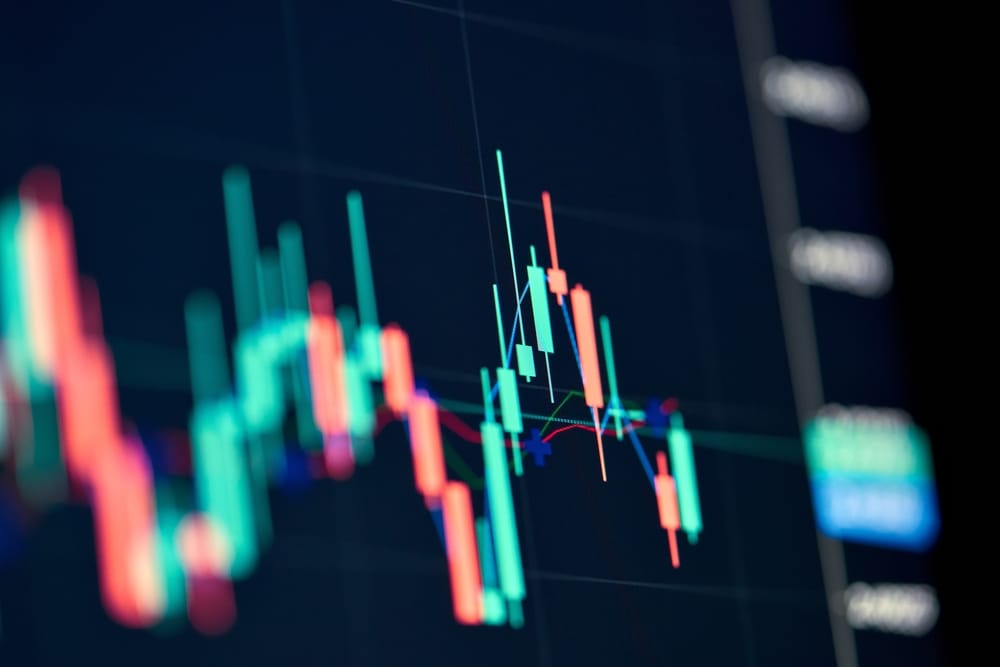U.S. stock market pressured by tariff threats, Dow to drop 200 points

Introduction
How tariff threats are impacting the U.S. stock market is becoming a topic of heated discussion. The market's current volatility is largely blamed on these threats that hover over the economic landscape. Tariffs are no longer just talk; they are starting to increase tensions between the U.S., the E.U., and Mexico. This has led to notable fluctuations in the Dow Jones, Nasdaq, and S&P 500 indices. By contrast, these financial markets are not solely reacting to tariffs—they're also grappling with broader economic indicators like potential inflation, federal fiscal moves, and global geopolitical shifts.
Tariff Threats and Market Pressures
Tariffs between the U.S., the E.U., and Mexico have become a significant driver behind recent market pressures. Here's why:
- Cost Increases: Tariffs make imported goods more expensive, raising costs for businesses.
- Slower Growth: Elevated costs can lead to reduced spending and slow economic growth.
- Stock Market Reaction: Major indexes like the Dow Jones, Nasdaq, and S&P 500 are sensitive to these market pressures, experiencing varied reactions.
The impact of tariffs is multifaceted, striking sectors unevenly. Financial news suggests these market dynamics are rapidly evolving, dictating trends across indexes.
Anticipated Dow Jones Drop and the Ripple Effects
- Trade Tensions: Global trade tensions have immediate effects on equity markets.
- Correlated Impacts: Nasdaq and S&P 500 are following similar, if not exact, trajectories.
- Volatility Index: The VIX, often referred to as a "fear gauge," highlights the uncertainty tied to these trade threats.
Volatility, a term denoting market cost fluctuations, measures market uncertainty. It has become an effective tool for assessing the stock market’s heartbeat amidst these trade policy uncertainties.

Inflation Risks and Federal Reserve Responses
- Fiscal Policy Signals: Signs point to possible actions by the Federal Reserve.
- Inflation Management: The Federal Reserve uses diverse strategies to curb inflation.
- Market Influence: These strategies will likely steer future market paths and influence investor choices.
The balance between managing inflation and maintaining economic stability is a tightrope walk for the Federal Reserve. Their approach could reshape investor attitudes moving forward.

Geopolitical Developments and Economic Signals
- Trade Tension Influence: Tensions with key global markets add new layers to economic scenarios.
- Investor Sentiment: Such developments can sway investor sentiment and economic outlooks.
- Economic Shifts: Eyes are on how these factors will carve out investment strategies.
These geopolitical shifts mean that the economic landscape remains mutable, continually shaping how investors view market opportunities.
Bitcoin and Equity Market Trends
- Cryptocurrency Peaks: Bitcoin's record highs are drawing attention.
- Market Correlation: The rise of cryptocurrencies is crossing paths with traditional markets.
- Diversification: This prompts investors to explore diverse investment avenues.
As Bitcoin climbs, the ripple effects throughout the equity markets can't be ignored. The need for diversified portfolios, including cryptocurrencies, becomes clearer.
Conclusion
In conclusion, tariff threats are carving out a significant storyline in the U.S. stock market's current saga. While they are a leading cause of market unease, other factors such as inflation, Federal Reserve policies, geopolitical dynamics, and Bitcoin's surge all play essential roles. These dynamic and, at times, unpredictable elements ensure that market watchers will stay keenly tuned to continuous shifts and trends, planning their next moves in the dance of global finance.




